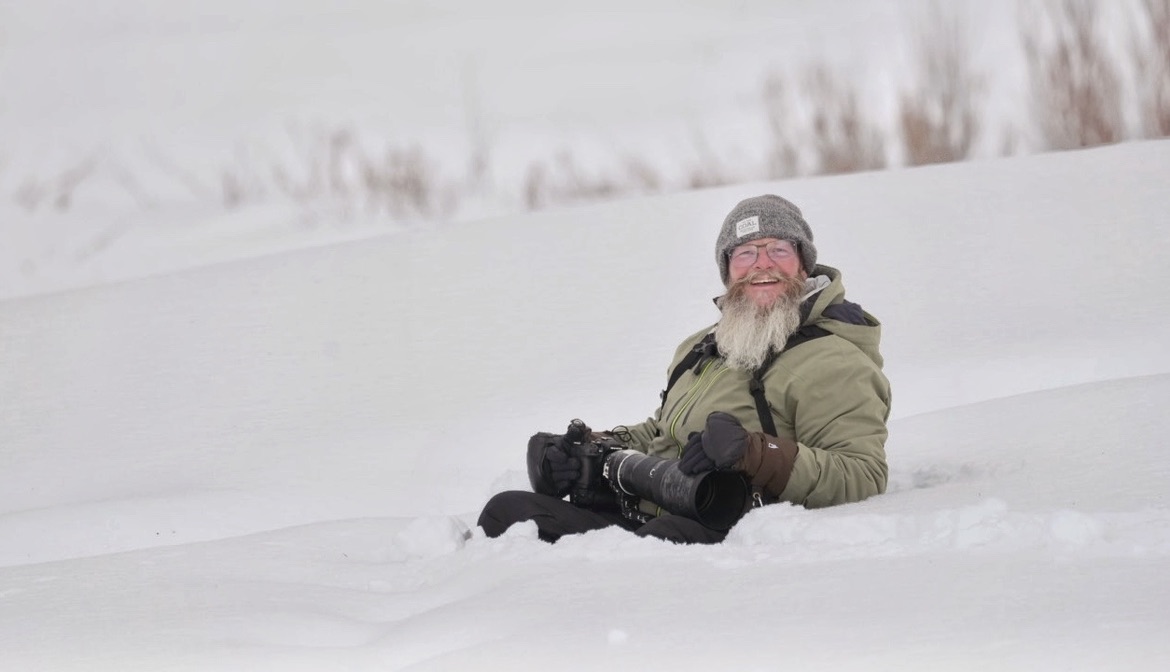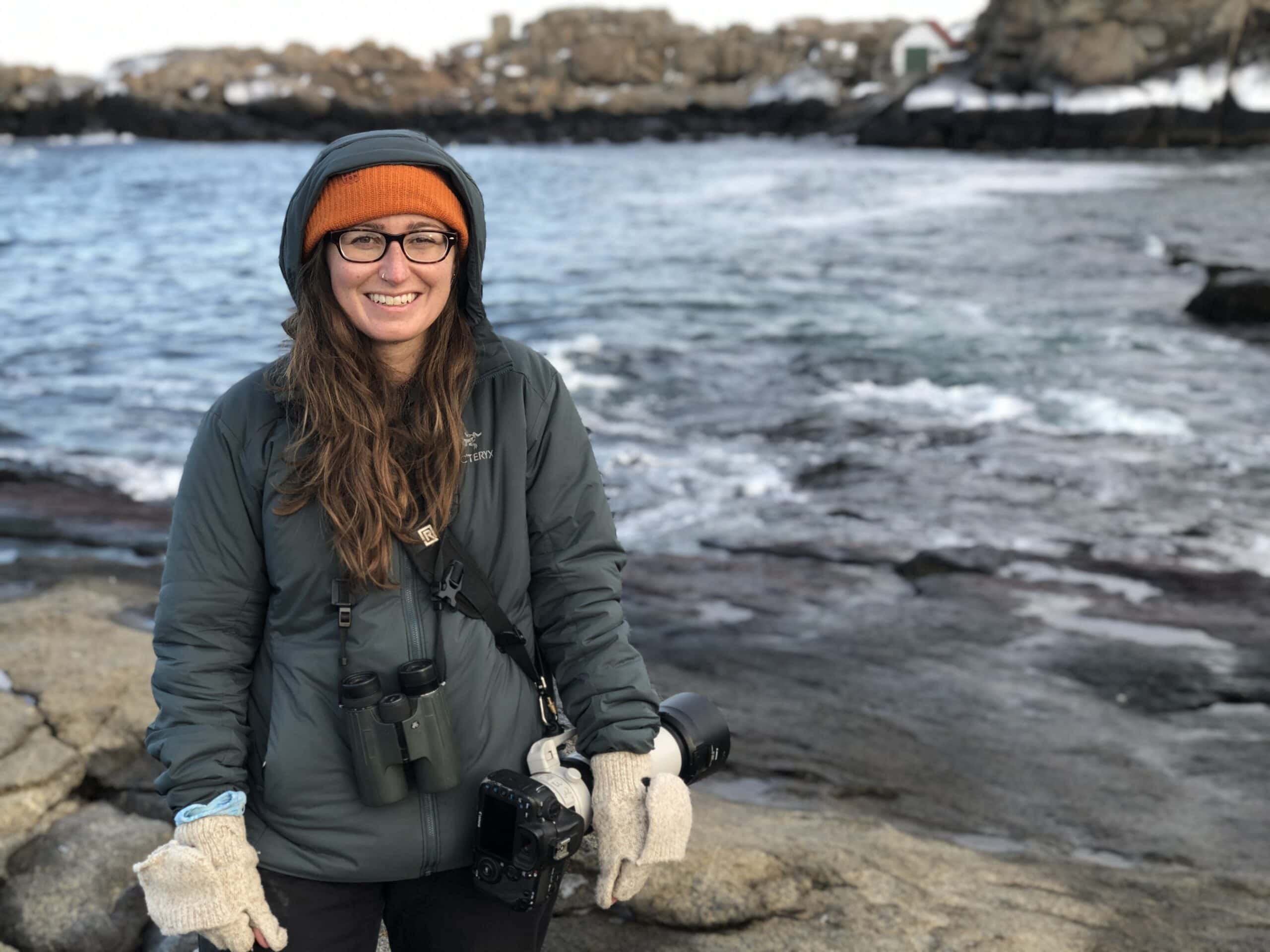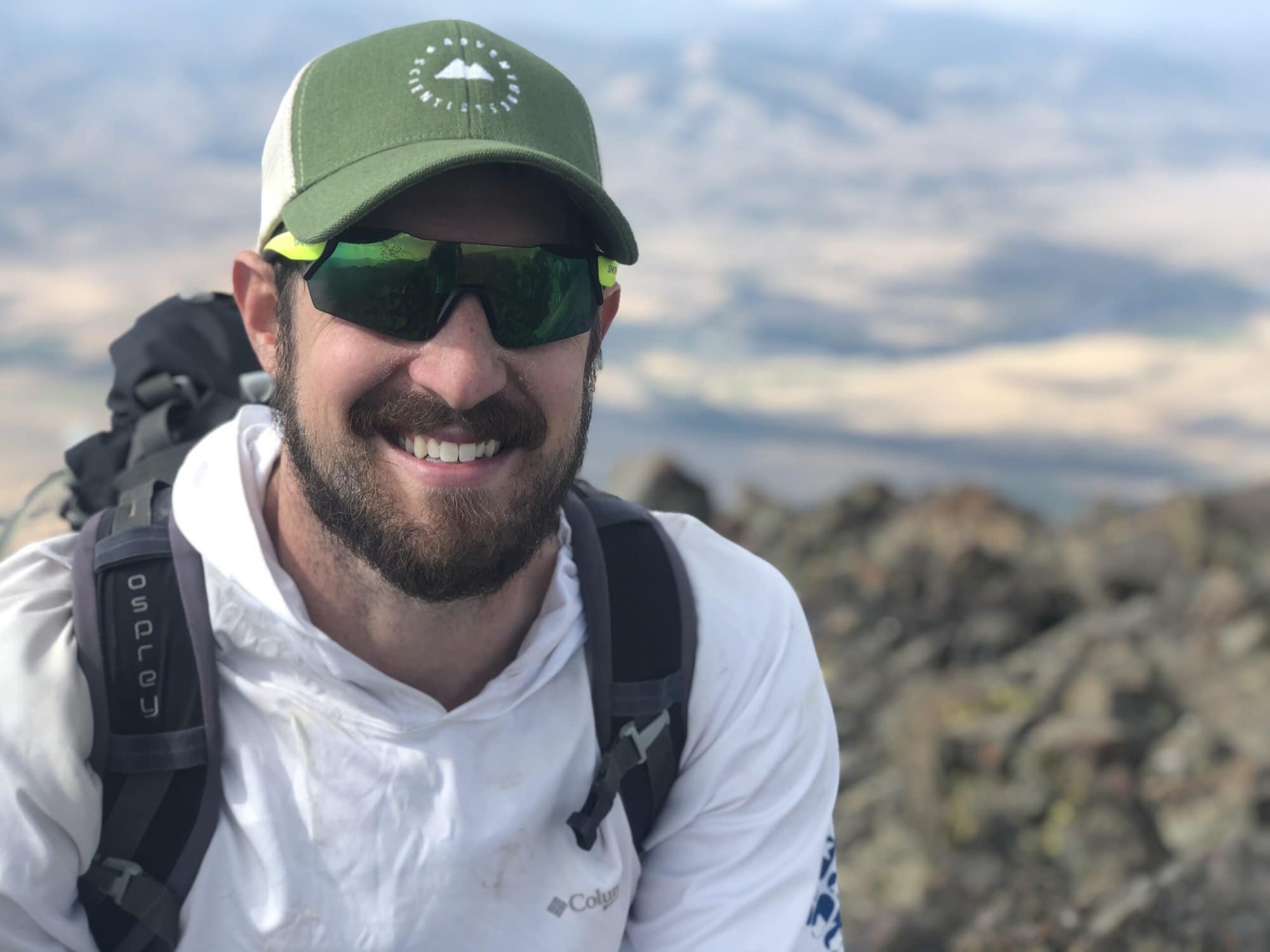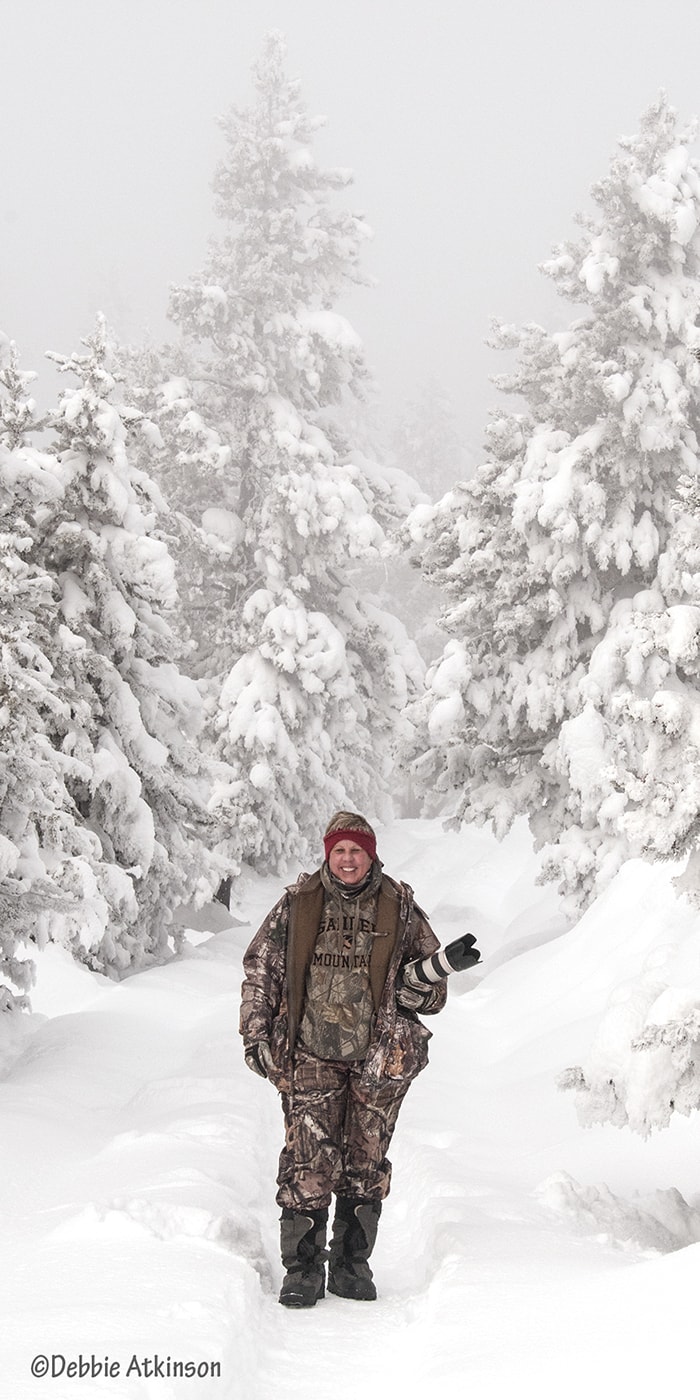FLORIDA: Tropical Hardwood Hammock
Apr 28, 2010 | by Adrian Binns
First up this morning as we headed south towards the Keys, was a stop for Cuban Golden Warbler (above), the resident race of Yellow Warbler that lives amongst the mangroves in the Upper Keys. One was soon heard and found flitting about the mangrove lined roadside.
Set between the John Pennekamp Coral Reef State Park and Crocodile Lake Wildlife Refuge on the upper third of Key Largo, the Dagny Johnson Key Largo Hammock Botanical State Park and neighboring areas contain the largest remaining fragments of rockland tropical hardwood hammock (above) in the continental United States. These small ‘islands’ are made up of a West Indian plant community that includes Gumbo Limbo, Poisonwood, Stoppers and Stranger Fig, that were introduced naturally as birds carried their seeds in their digestive tracts on their northbound migration.
As we walked the paved road that is lined with a low encroaching canopy, White-crowned Pigeons would be startled and take flight, inevitably away from us, while Ovenbirds and Northern Waterthrush could be seen walking amongst the leaf litter that was scattered ahead of us. There were probably more thrushes than the Veery and Gray-cheeked that we saw, as they seem to disperse into the dense shrubs each time we made attempts to get close enough to get better views. The most common sound coming from the hardwoods was that of White-eyed Vireos and Red-bellied Woodpeckers along with a lone Black-whiskered Vireo (above) pining away at periodic intervals.
Over the course of three hours we took our time working through the pockets of migrants that we kept running into. There was a group of male Scarlet Tanagers as well as an Eastern Wood Pewee but it was the warbler flocks that we sorted through that were most impressive. Black-throated Blues and American Redstarts were very common with dozens seen at head height over the course of the morning. There was a sprinkling of Blackpolls, Black-and-whites (above), Prairies, Cape Mays, Palms and Northern Parulas along with a single Common Yellowthroat, Magnolia and Worm-eating. That gave us a total of 13 species in a short period of time, much to the delight of the group.
The icing on the cake came in the form of a vocal Mangrove Cuckoo (above) that surprised us when it called after we unknowingly walked right pass it. How many of this secretive specie did we walk by on this morning before seeing this one? Once located it was very cooperative posing for us, even if it was against the sun, and devouring a juicy large yellow caterpillar.
1 Comments
Leave a Comment
You must be logged in to post a comment.






































Adrian,
Do you have any information concerning the identity of the vireo. It looks like the color bands should enable someone to ID the individual bird.